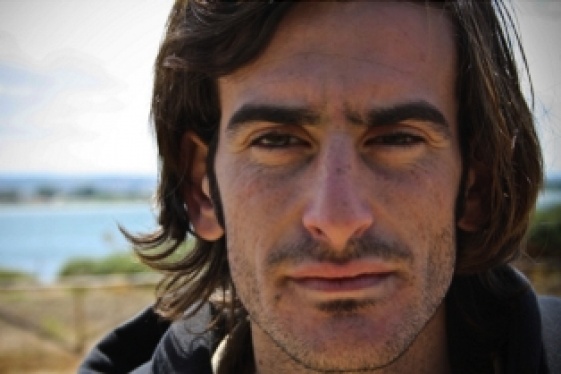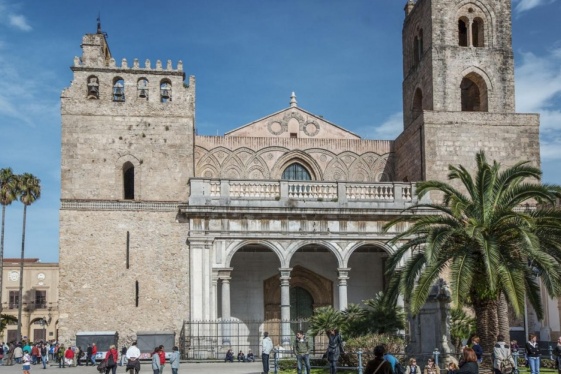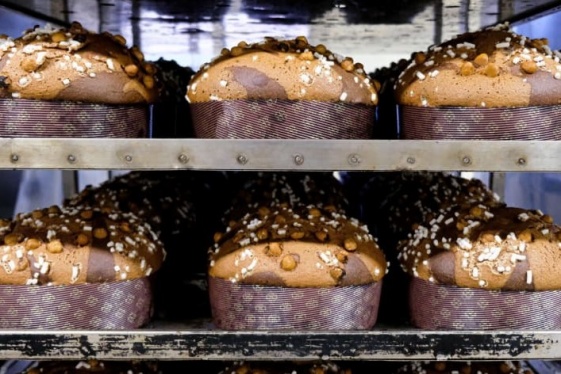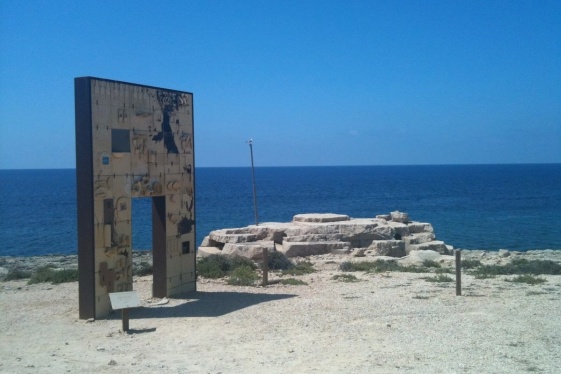

Gibellina (Sicily) has been selected as the Italian Capital of Contemporary Art 2026, emerging victorious among five finalist cities. The Ministry of Culture made this selection after carefully evaluating 23 applications, highlighting Gibellina's project titled "Bring Me the Future."
Minister of Culture Alessandro Giuli stated, "The city is the quintessential Italian political form by history and national inclination - a vital center and driving force of civilization where the most interesting solutions have emerged. Cities are the heart of culture, science, and the arts. Contemporary art views the present with a demanding eye and critical spirit, inviting us to rethink our time, its social concerns, and its great collective challenges."
In Italy, numerous initiatives "have contributed to the rebirth of urban centers at the highest level, and there is no doubt that the selected city will generate cohesion, social inclusion, and individual and collective well-being. This concludes the first stage of a journey conceived with great political foresight."
The initiative aims to support cities that invest in contemporary art as a driver of social and economic growth. Gibellina's proposal, "Bring Me the Future," reflects the essence of a city that managed to rise from the ruins of the 1968 earthquake through art and contemporary culture.
Besides Gibellina, which stands as an open-air museum, the other finalist cities were Carrara (MS), Gallarate (VA), Pescara, and Todi (PG). Gibellina is already renowned for its extraordinary contemporary art heritage.
After the earthquake, the city was rebuilt with the involvement of internationally acclaimed artists, including Alberto Burri, creator of the famous Grande Cretto, one of the world's most impressive land art works.
The city has become a symbol of cultural rebirth, hosting sculptures, installations, and contemporary architecture that make it unique in the Italian artistic landscape. On the night between January 14 and 15, 1968, two earthquakes completely destroyed the entire town. Communities and daily life stories were permanently erased.
Very little remained of that place. Subsequently, the administration decided to rebuild the town far from that environment and those tragic moments, partially erasing the past.
The designation as Italian Capital of Contemporary Art represents a new boost to Gibellina's role as a cultural hub, promoting the development of new artistic projects.
You may be interested
-
Davide Gambino è il miglior "Young Italian F...
Si intitola Pietra Pesante, ed è il miglior giovane documentario italiano, a detta della N...
-
Italian American Culture Night
Tuesday, April 14 - 6.30 pm EDTSt. James Church Rocky Hill - 767 Elm St, Rocky Hill,...
-
'A beacon of hope': Sicily’s enduring North A...
On a late summer evening in the Sicilian seaside village of San Vito Lo Capo, Anna Grazian...
-
'Italy Stay Strong': What The Coronavirus Eme...
On the northern coast of Sicily, looking out toward the magnificent Aeolian Islands, Milaz...
-
'Open-air museum' in Sicily with contemporary...
The Foundation Orestiadi in Gibellina is launching the first open-air exhibit in Sicily si...
-
'People thought I was crazy:' The Sicilian ma...
When thinking of Sicily, it's easy to imagine white sandy beaches, timeless architecture a...
-
'Porta d'Europa' ('Gateway to Europe')
BY THE AIRPORT ON THE tiny Italian island of Lampedusa, near the ruins of bunkers and mili...









